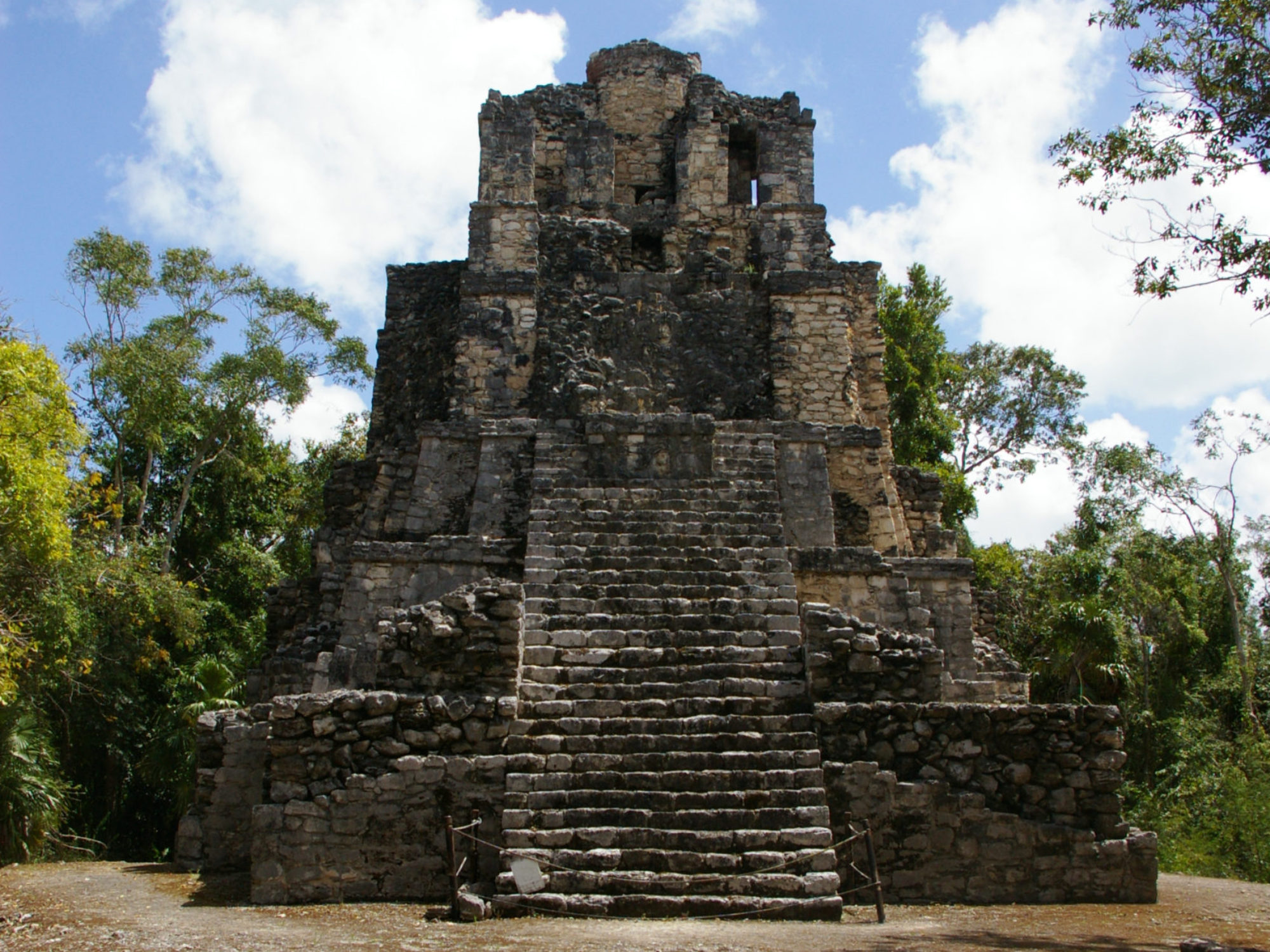March 13, 2021 Marc Zender: “How Writing Came to Northern Yucatán.”
Apart from a handful of independent inventions of writing (in e.g., Mesopotamia, Egypt, India, China, and Mesoamerica), most of the world’s writing systems were either directly borrowed from an earlier script or were developed under the influence of one or more other scripts. Since the development of grammatology (the comparative study of writing systems) as a discipline in the mid twentieth century, scholars have developed tools and procedures for the identification of borrowing between writing traditions. For instance, the derivation of the Japanese script from Chinese, and of Hittite from earlier Akkadian, can be demonstrated. Mesoamerica is no exception, and the various known writing traditions can all be shown to derive from an early proto-script (which, sadly, no longer exists). Additionally, it is also increasingly clear that the initial development of Maya hieroglyphic writing from this proto-script took place in a Ch’olan linguistic context during the Late Preclassic period (ca 400 BC – AD 100), and that later groups of Yukatekan, Tzeltalan, and K’ichee’an speakers did not borrow and develop their own versions of Maya writing until the Late Classic period (ca. AD 600-900). In this talk, Dr. Zender traced the evidence for the derivation of the Late Classic Yukatekan script from the considerably earlier Ch’olan model script of the southern lowlands. As we see, many peculiarities of the northern inscriptions and codices can be explained by the complicated process of borrowing and adaptation, as can the considerable linguistic and cultural influences of southern lowland Ch’olan civilization on the languages and peoples of Northern Yucatán.
Marc Zender received his PhD in archaeology from the department of Anthropology and Archaeology at the University of Calgary in 2004. He has since taught at the University of Calgary (2002-2004) and Harvard University (2005-2011). He is now Associate Professor of Anthropology at Tulane University, where he teaches linguistics, epigraphy, and Mesoamerican indigenous languages such as Yucatec and Ch’orti’ (both Mayan languages) and Classical and Modern Nahuatl (of the Uto-Aztecan language family). Dr Zender’s research interests include anthropological and historical linguistics, comparative writing systems, digital epigraphy, and archaeological decipherment, with a regional focus on Mesoamerica (particularly Mayan and Nahuatl/Aztec). He has written several books and dozens of articles exploring these and related subjects. In addition to his teaching, research, and writing, Dr Zender is the editor of The PARI Journal, and a frequent contributor to Mesoweb, a major internet resource for the study of Mesoamerican cultures.

